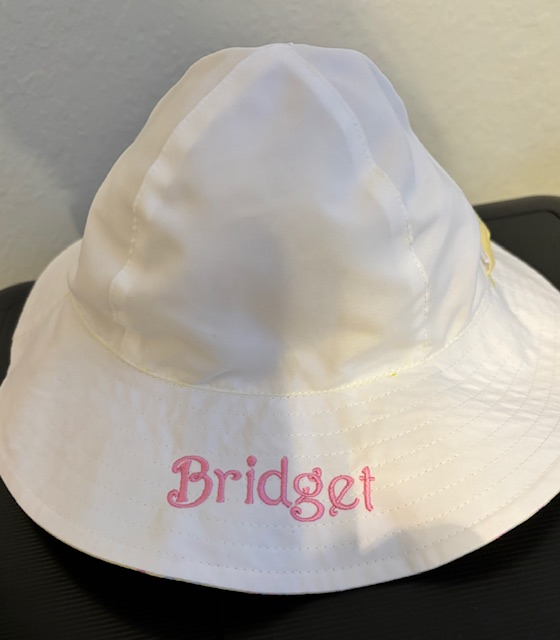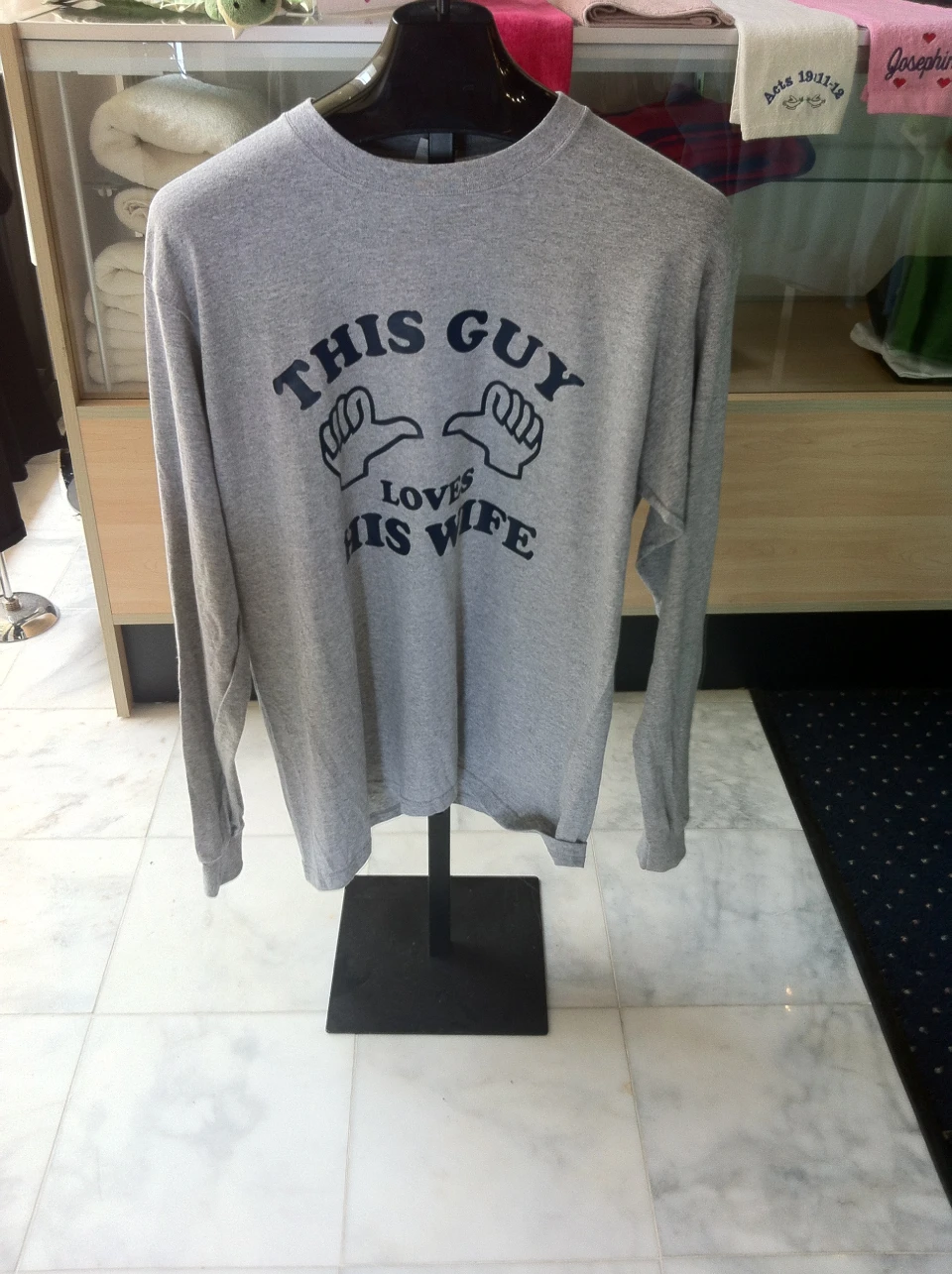Heat Transfer on T-Shirts and Aprons - Custom-made Styles and Logos
Heat Transfer on T-Shirts and Aprons - Custom-made Styles and Logos
Blog Article
The Art of Personalized Embroidery: Unlocking the Secrets to Creating One-of-a-kind and Unforgettable Layouts
The secrets to producing custom embroidery designs that captivate the eye and leave a long-term impression lie in a fragile equilibrium of strategy, creativity, and attention to detail. As we dive into the globe of custom-made needlework, we uncover the nuanced interaction in between thread option, sew complexity, and design customization that boosts a simple garment to a work of art.
Choosing the Right Embroidery Threads
When selecting embroidery strings, what essential elements should you think about to ensure the finest results for your personalized layouts? The choice of embroidery thread is essential in figuring out the final outcome of your embroidered design. One of the primary considerations is the product of the string. Different materials such as cotton, polyester, rayon, and silk offer differing levels of sheen, durability, and texture. It is vital to choose a thread product that matches the fabric you are embroidering on and aligns with the desired appearance of the layout.
Thicker strings can include measurement and texture to your layout, while finer threads are excellent for intricate information and tiny message. Furthermore, considering the shade fastness and washability of the thread is critical to make sure that your custom styles keep their high quality and vibrancy over time.
Checking Out Different Stitch Strategies
To dive into the realm of 'Discovering Different Stitch Methods', one must comprehend the intricacies and nuances that each sewing method gives the art of needlework. Different stitch methods not just add aesthetic passion but likewise add to the overall structure and measurement of the design. One prominent stitch strategy is the satin stitch, which involves carefully stuffed parallel stitches to produce a smooth and glossy surface area, ideal for completing forms and creating bold details.
On the various other hand, the backstitch is a versatile technique typically made use of for outlining and adding great information. It involves stitching backwards to produce a strong line of needlework. Additionally, the French knot stitch adds a tactile element to styles, best for producing distinctive accents like blossom facilities or attractive touches.
Exploring different stitch techniques allows embroiderers to play with light, shadow, and depth within their styles, raising the visual charm and creative top quality of their needlework jobs. By understanding numerous sewing approaches, one can open countless opportunities for developing special and remarkable personalized needlework pieces.
Incorporating Personalized Style Aspects
Having checked out the complexities of different stitch techniques such as the satin stitch, backstitch, and French knot, the emphasis currently changes in the direction of integrating individualized style aspects in customized embroidery tasks. Individualized style aspects play an important role in making embroidery tasks genuinely special and memorable. One way to include personalization is by adding initials, names, or substantial days to the design. This not just includes an individualized touch however likewise improves the sentimental worth of the embroidery item.
Another method to integrate personalized style elements is by consisting of symbols or concepts that hold special significance to the recipient or mirror their rate of interests and individuality. Integrating a favored blossom, animal, or hobby-related sign can make the needlework layout more significant and tailored. Additionally, selecting shades that reverberate with the recipient or line up with the designated motif can further improve the customization of the embroidery project.
Mastering the Art of Color Sychronisation

One secret facet of color sychronisation is recognizing color concept. This consists of knowing exactly how various shades communicate with each various other, the feelings they convey, and exactly how they can be incorporated to create visually attractive layouts. By look at here now using color theory concepts, embroiderers can develop unified color combinations that improve the total appearance of the layout.
Furthermore, paying attention to contrast is vital in shade control. Utilizing contrasting colors can help specific aspects of the layout pop, boost readability, and create a visually dynamic embroidery item. By grasping the art of shade control, embroiderers can boost their layouts and create memorable pieces that resonate with clients and audiences alike.
Enhancing Structure With Advanced Embroidery Stitches

French knots, for instance, are excellent for adding small, raised dots to your layout, imitating the appearance of grains or producing a distinctive surface. Bullion knots, on the various other hand, can be used to create twisted, ropelike elements that add an extravagant feeling to the needlework. Seed stitching involves small, scattered stitches that can fill up in areas with a speckled appearance, while turkey job develops fluffy, dimensional accents reminiscent of pet fur or foliage. Trying out with these advanced embroidery stitches allows you to push the borders of typical needlework and develop really special and visually attractive structures in your layouts.
Final Thought
In final thought, the art of custom needlework includes a mix of custom made dress shirts selecting the best strings, checking out various stitch strategies, integrating personalized layout elements, understanding color control, and improving texture with sophisticated stitches. By understanding and applying these essential components, embroiderers can produce one-of-a-kind and unforgettable layouts that showcase their creative thinking and skill. Needlework enthusiasts can open the keys to producing beautiful and bespoke items that stand apart and leave a long-term impression.
Report this page